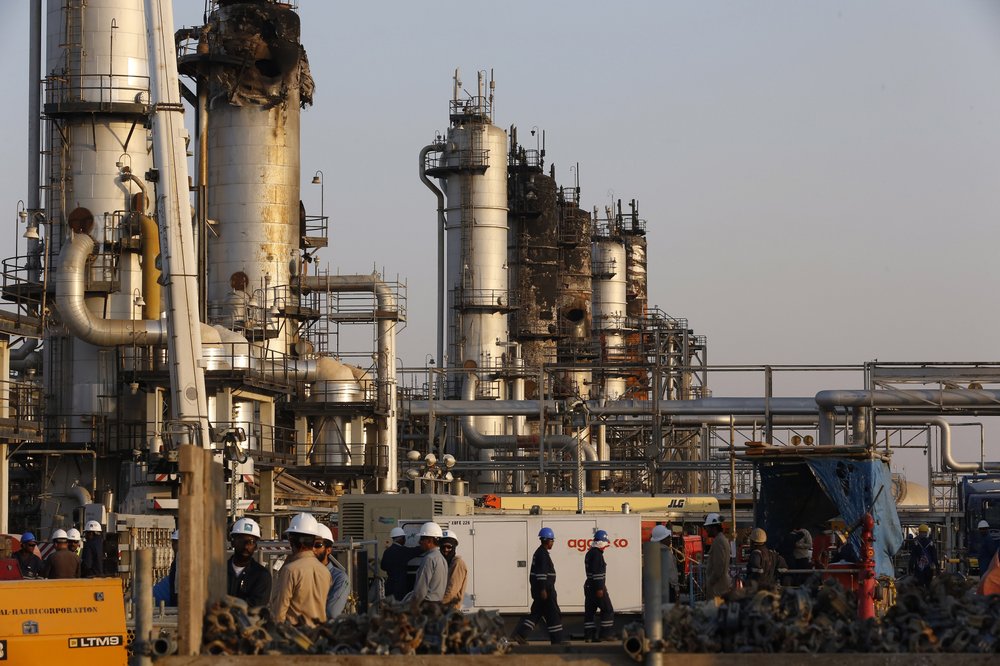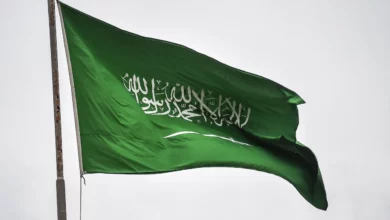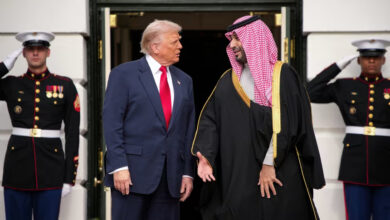
RIYADH/DUBAI (Reuters) — Saudi Aramco’s initial public offering (IPO) has attracted approximately 73 billion riyals (15.1 billion pounds) in institutional and retail orders so far, Saudi Arabia’s Samba Financial Group said on Thursday.
Some 1.8 million retail subscribers have injected more than 14 billion riyals into the IPO so far, Samba, one of the banks managing the deal, said in a statement sent to Reuters.
Institutional subscriptions amounted to 58.4 billion riyals and 1.82 billion subscribed shares, it added.
“Retail and Institutional subscription levels for the first five days of the offering have reached an unprecedented scale, demonstrating the confidence of investors in Saudi Aramco,” said Rania Nashar, vice chairman of Samba Capital, the investment arm of the bank, in the statement.
“We anticipate further increases in subscription levels during the remainder of the offering period.”
A banking source told Reuters earlier that the institutional tranche of the IPO was oversubscribed. However, the preliminary estimates do not show that it is oversubscribed.
“Receiving banks send their statistics (by) the end of the day, some are late for technical or bureaucratic reasons, that is what makes the different figures,” the source said.
“The order book shows very good signs the IPO will be oversubscribed.”
Aramco, which did not immediately respond to a request for comment, plans to sell 1.5% of the company, or about 3 billion shares, at an indicative price range of 30 riyals to 32 riyals, valuing the IPO at as much as 96 billion riyals and giving the company a potential market value of between $1.6 trillion and $1.7 trillion.
Representatives of the state-owned oil giant plan meetings with investors in Dubai next week, sources have said, for what is expected to be the world’s biggest share sale.
Institutional investors can subscribe until Dec. 4.
Aramco kicked off the sale process on Nov. 3 after a series of false starts. The deal is crucial for Crown Prince Mohammed bin Salman’s plans to raise billions of dollars to invest in non-oil industries, create employment and diversify the world’s top crude exporter away from oil.
Reporting by Marwa Rashad and Sylvia Westall; Writing by Davide Barbuscia and Tuqa Khalid; Editing by David Evans, Kirsten Donovan
Image: In this Sept. 20 file photo taken during a trip organized by the Saudi information ministry, workers fix the damage in Aramco’s oil separator at processing facility after the recent Sept. 14 attack in Abqaiq, near Dammam in the Kingdom’s Eastern Province (AP Photo/Amr Nabil, File)




